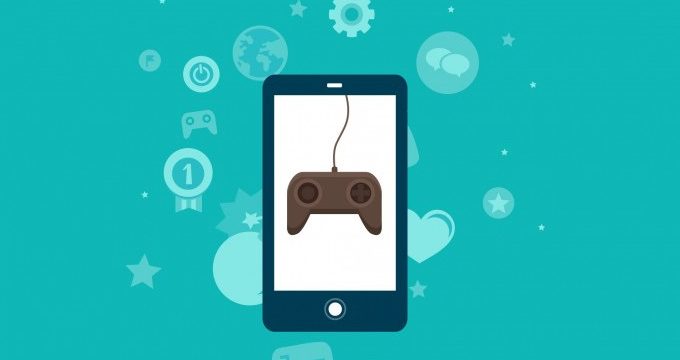The accessibility of a wide range of game development platforms has set the stage for the emergence of a plethora of indie game design studios. Getting into mobile game development is now easier than ever. On top of that, mobile game development is now a lucrative industry and will continue to thrive. Yet, things are not as cloudless on the mobile game development horizon as they probably should be: making a good game is still, in many respects, quite challenging.
Below, we will list the most common game development challenges along with insights on how they can be met.
Financing
Unless you have a very generous investor, raising funds for the game may be challenging. Poor funding can seriously hinder your progress and limit your access to game development talent, tools and infrastructure. Also, if you lack funds for promotions you may never attract enough players.
Solution: venture funds, angel investors, and loans are some of the traditional ways to raise money. A relatively new way is crowdfunding, you can try Kickstarter and see how it goes. Alternatively, you may try free prototyping tools like Gamesalad and see if you can convince developers to work for you on a revenue sharing basis.
Balanced and user-friendly interface
Arguably, user friendly UI is a must for every good game, so why is keeping it balanced so challenging? Despite a great initial idea, a lot of games end up with feature creep – oversaturation with features and concepts. During the development process it’s easy to get carried away and diverge from the original view of the game. As a result, the final version is overloaded with features and difficult to navigate.
Solution: to avoid feature creep, take a step-by-step approach. Develop your mobile game in phases, and test each prototype to get insights on user behavior. Don’t hesitate to remove some features to maintain user friendly interface.
Optimal monetization policy
All in all, there are three most popular models for mobile game monetization: ad placement, freemium model and paid subscription. Choosing the one that suits you best can be challenging, though, since all of them have downsides. Most users dislike ads (to put it mildly) and going for ad placements will compromise user experience. A freemium model requires a careful strategy to make it work, and paid subscription significantly reduces the number of downloads.
Solution: think of your revenue goals as you decide on an optimal monetization policy. With your target audience in mind, try combining some of the monetization models and see how it works.
High player engagement level
Building a mobile game is one thing, but ensuring players stay dedicated and engaged is quite another. The best mobile gaming projects have high user retention levels, so high percentage of engaged users is an ultimate goal. Unfortunately, maintaining user’s interest can be tricky: complex interface, routine actions, and availability of other options may drive users away. At times, a game may have a great plot but lack gamification features: competition, scoring, etc.
Solution: ensure regular updates and frequently introduce new characters, features and levels – all while trying to avoid feature creep, but, hey, it’s never been easy. Also, keep your hand on the pulse and read user reviews.
Marketing and promotions
Despite many advantages, some games never go viral: all because of insufficient levels of marketing and promotion. Promoting your mobile game is imperative, if you want it to have audience and, eventually, build a community around it.
Solution: allocate a marketing budget a develop a promotional strategy: think partnering with top bloggers, advertising in popular gaming communities, etc. Game streaming is a trend that is currently gaining momentum – with platforms like Twitch it is easier now to promote your game.
Infrastructure and support
Multiplayer mobile gaming is now enjoying increasing popularity mostly because mobile games are easy to play as a crowd. The need to store player profiles and settings, support notifications, messaging and PVP battles in the real time places high demand on the underlying infrastructure. Lack of solid backend may result in accessibility issues and hamper user experience.
Solution: for best results, we strongly recommend that you refrain from building your own mobile backend. Choose reliable mBaaS infrastructure providers with solutions tailored specifically for mobile gaming. Look for platforms like Festi Cloud easily integrated with popular game development engines, rich in features, and easily scalable.
Overcoming game development challenges is a doable task: a focus on your target audience will help you make right decisions along the way. Adopt step-by-step approach and be flexible: automate what you can, and always check for internet services that could offer you an affordable solution to your problem.

